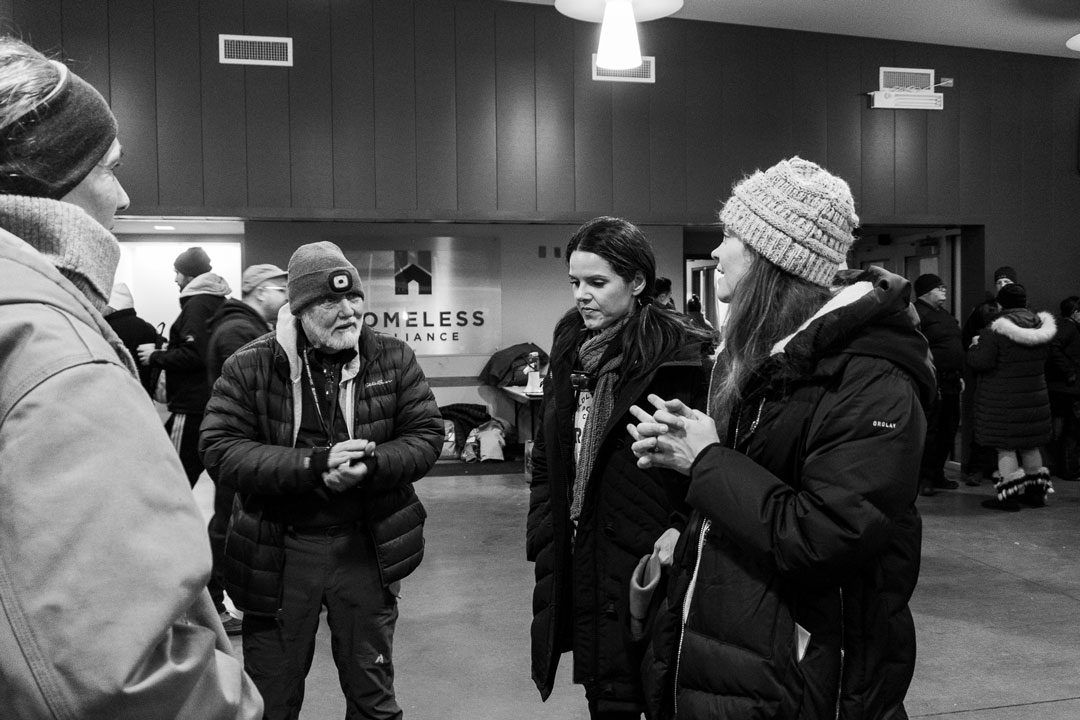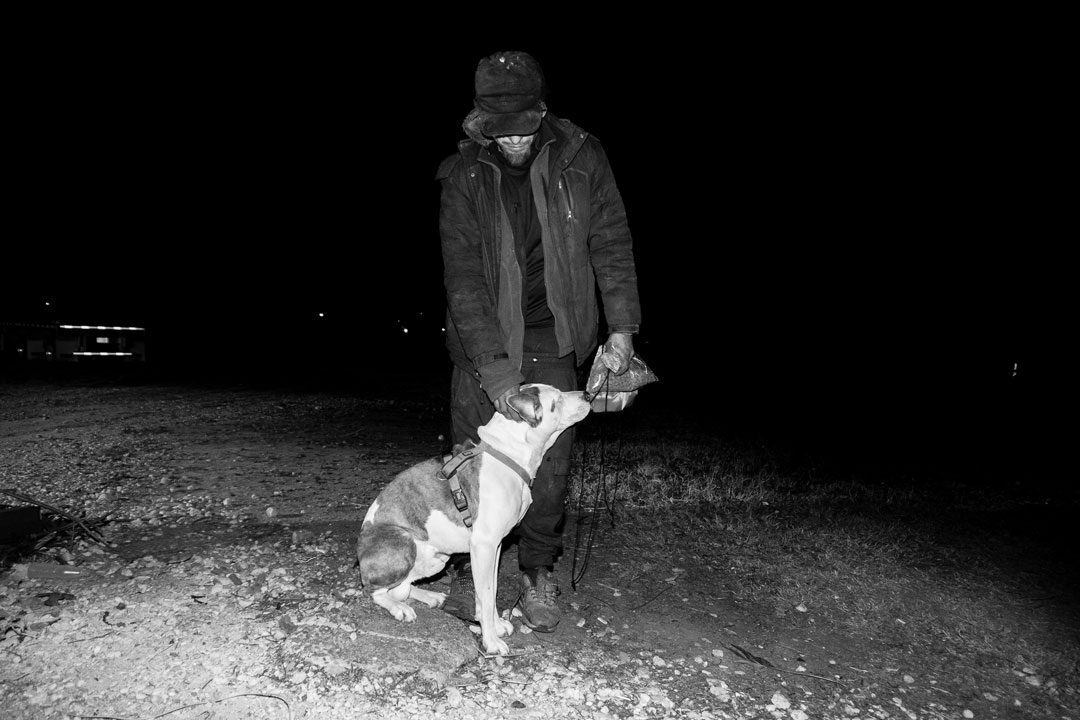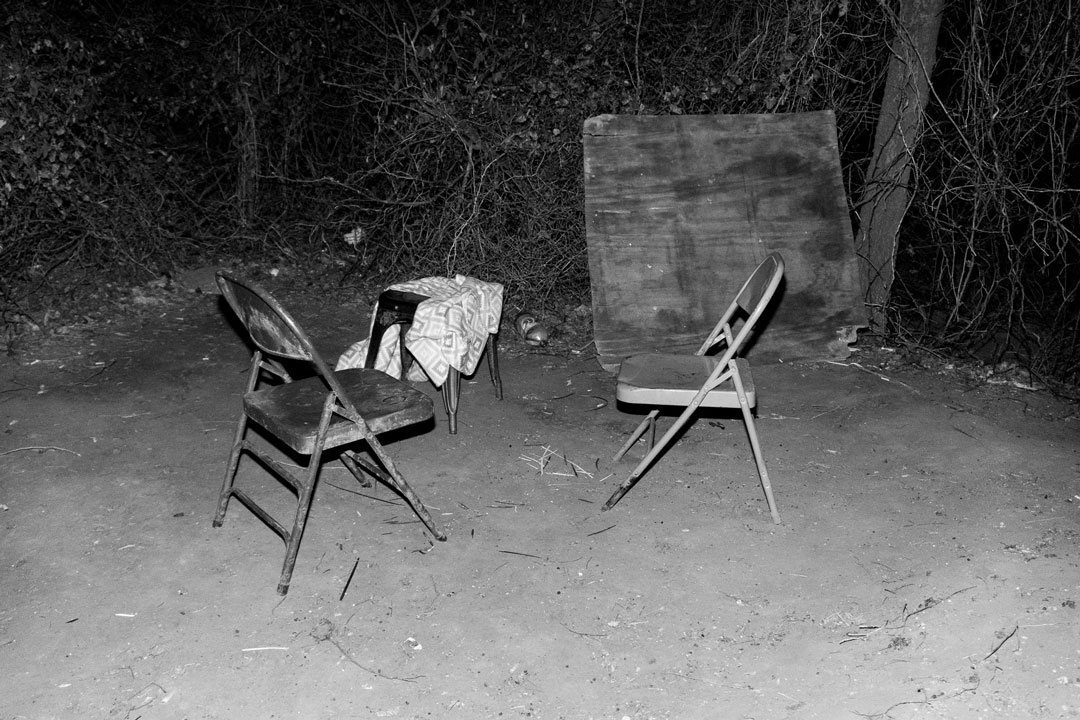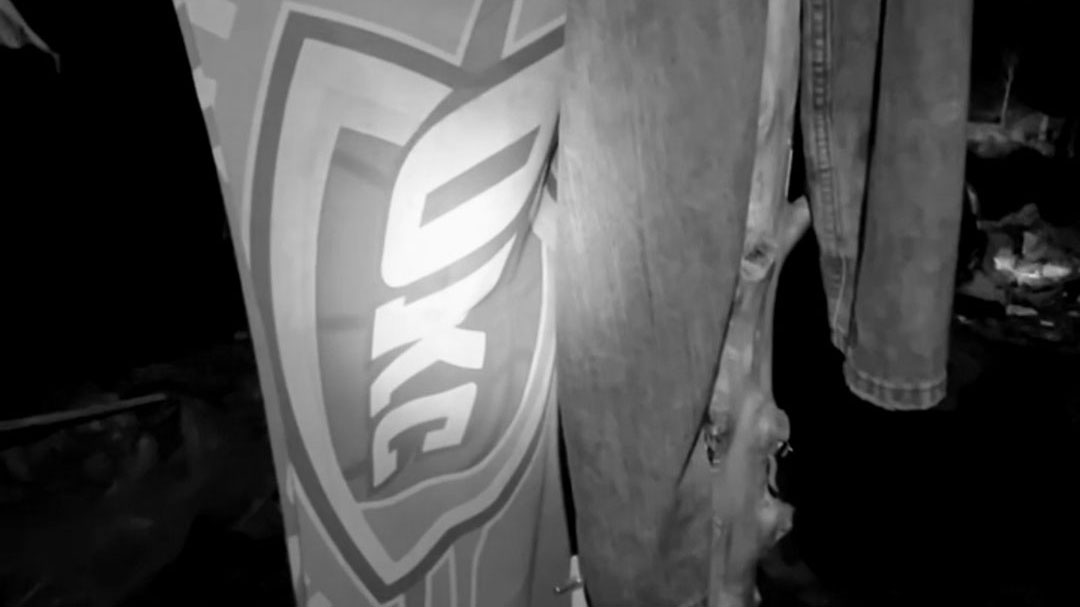AFF in Action: Volunteering in the Point-In-Time Count
On January 23rd, volunteers gathered at the Homeless Alliance for Oklahoma City’s annual point-in-time (PIT) count. We grabbed coffee and doughnuts before forming teams and heading out to survey and count as many people experiencing homelessness as possible. It was 3 a.m.
This is the first time I’ve volunteered for PIT, an annual count of the unhoused population. During a training a few days before, we learned how to use an app to find known encampments to conduct the count and survey individuals. We were also divided into groups and assigned an area of the city to cover.

It was 32 degrees when we started, but the temperature slowly dropped throughout the morning. I wore four layers of pants, six layers of sweaters and jackets, two beanies, two pairs of socks, and a scarf. The layers slowed the cold from reaching me, but it was inevitable. As the cold seeped in I thought about how frigid our neighbors outside must feel without protection from the harsh weather.
The app led our group to a small field next to a busy highway. We followed a path through tall grass carrying basic supplies and bags which we gave to every person we spoke to throughout the night. The bags contained bus passes, hand warmers, and other resources to help people connect with service providers.
Down the path, tents and makeshift structures slowly became visible through the darkness. As we approached the camp, I caught the scent of a recently extinguished campfire. We called out to let people know we were there to help.
As we searched, I noticed belongings scattered throughout the encampment and a makeshift kitchen sat idle in the middle. A tent nearby had an Oklahoma City Thunder flag hanging from a stick. A plastic Halloween decoration dangled from a tree. One structure had a sign that read, “The man. The myth. The legend. DAD.”
Scroll through images
It was clear a small group of people lived there, but no one came out to speak to us. I don’t blame them. I wouldn’t open my front door either if strangers came knocking at 3:30 a.m.
It wasn’t until our third stop that we were able to speak to some folks. A path through dense woods led us to a woman in a small structure with two dogs, one a puppy, and the other a larger dog named Bruno. Initially, Bruno reacted with fear and defensiveness but became friendly when we offered him dog food. After completing the survey, the woman told us more people were farther down the path. Her puppy wagged its tail and trotted ahead, leading the way deeper into the woods.

Our team was determined to find as many people as possible and followed any tips we were offered. HUD uses PIT data to allocate resources for emergency shelters and supportive housing and to find better ways to serve those experiencing homelessness. The more people we counted, the more accurate the snapshot of our city’s unhoused population would be.
We reached a small clearing where a few tents sat close together. Four men lived there. Two had recently been released from prison — one as recently as the day before. Another cautiously approached to take the survey only after watching us interact with the others from the safety of the trees and darkness.
“You guys just scared me,” he said. “I’ll take the survey.”
We handed each person a bag and one man offered to lead us to another nearby encampment. Following his lead, we found three more people behind a gas station. One man I surveyed had his dog by his side. He answered candidly and admitted he struggles with substance use. After a physical altercation at his previous apartment complex led to his eviction, he and his dog became homeless.
One survey question asks, “How many are in your household?” The question tries to identify families or groups of unrelated people living together who are experiencing homelessness. At this question, the man pointed at his pup.
“Just one,” he said. “He’s all I got.”

I gave him a bag and some extra dog food. Many people experiencing homelessness have pets as companions, but they can also create barriers to accessing shelter. Seeing the bond between animals and their people made me grateful for low-barrier shelters where pets do not have to be separated from their owners like the Homeless Alliance’s Winter Shelter and City Care.
I headed with the rest of the team to our next location. There, under the dim lights of a parking lot, were five people — some sleeping, others in conversation. Two people slept inside a small SUV. People sleeping in cars, hotels, and motels, or who are couch surfing are less visible and are often missed during the PIT count.
Our last stop was near Joe’s Addiction. Joe’s serves as a day shelter that offers services and support. They have coffee for a dollar, free bathrooms, laundry facilities, and a “free store” where people can get clothing and small household items. People regularly spend the night nearby and wait for the building to open to access hot showers and meals.
Everyone we met there had been dealt a bad hand. One man suffered from a disability in his legs that impacted his mobility and prevented him from working. Some needed mental or behavioral health support. Most had mentioned employers and landlords had refused to work with them to find solutions to keep them housed.
Homelessness doesn’t come from a single cause. It’s often a chain of events, a mix of bad luck, lack of support, and circumstances beyond control. Many of us, me included, are closer to that reality than we’d like to think.

As the sun rose, volunteers returned to the Homeless Alliance to wrap up the morning shift. Later groups of volunteers revisited some of the camps we found and followed up with people we didn’t get to speak to.
I was tired, cold, and covered in dirt, but unlike the people I met that morning, I could return to a warm home where I could clean up and rest.
This experience gave me a fresh perspective on the things I take for granted, especially the support systems that help keep so many from falling through the cracks. The folks I met have families and are veterans, sports fans, music and animal lovers, and people who find joy in the warmth of the community. They’re not so different from you and me. They’re part of our community, too.



